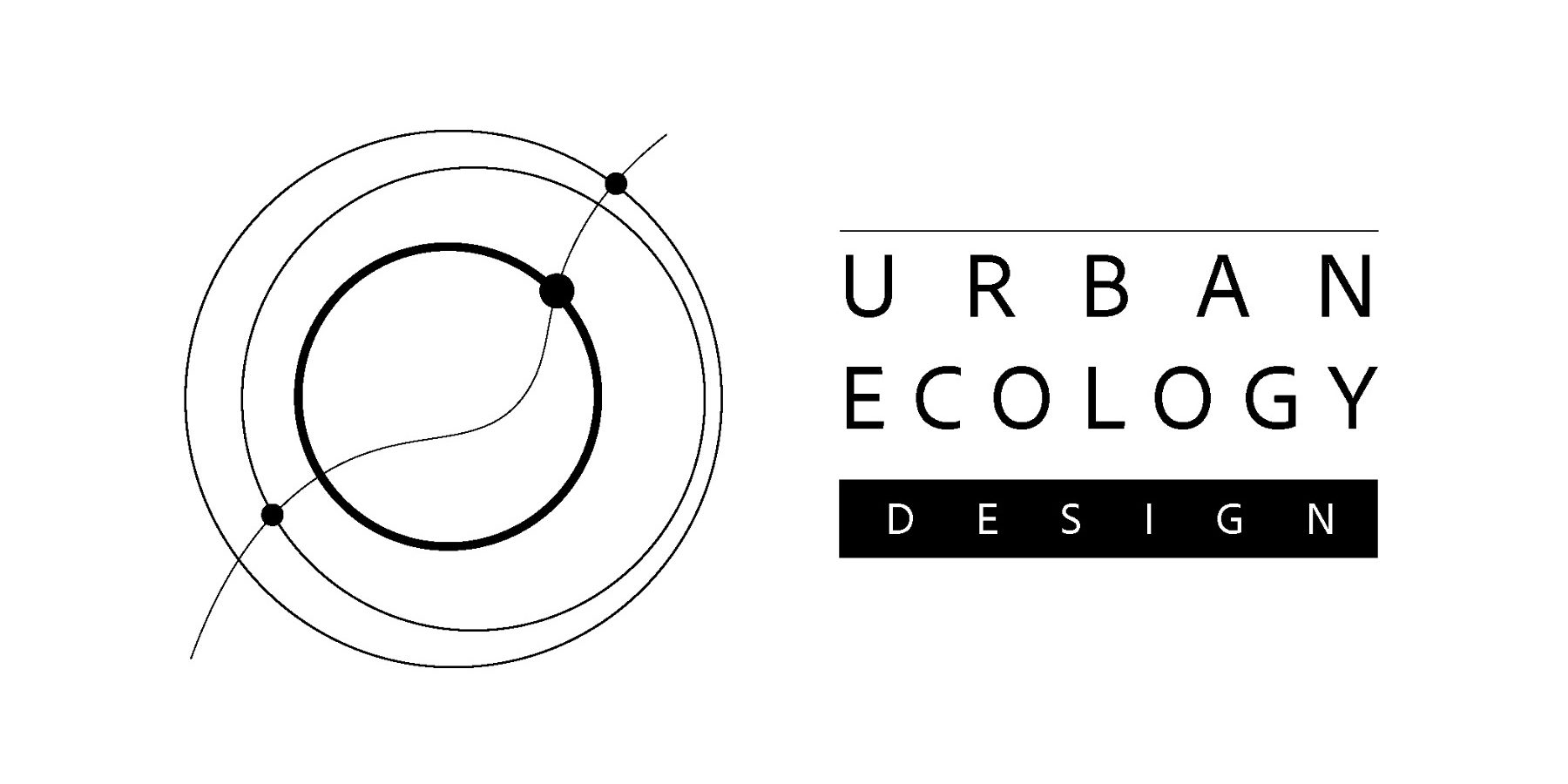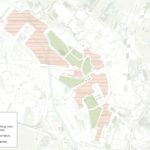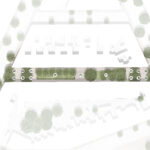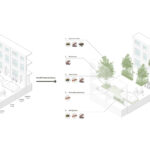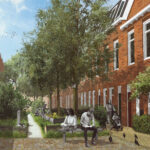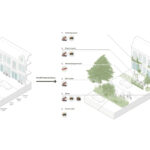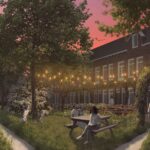Designing for Urban Green Synergy
A citizen-centric approach to nature inclusivity in Dutch pre-war working class neighborhoods
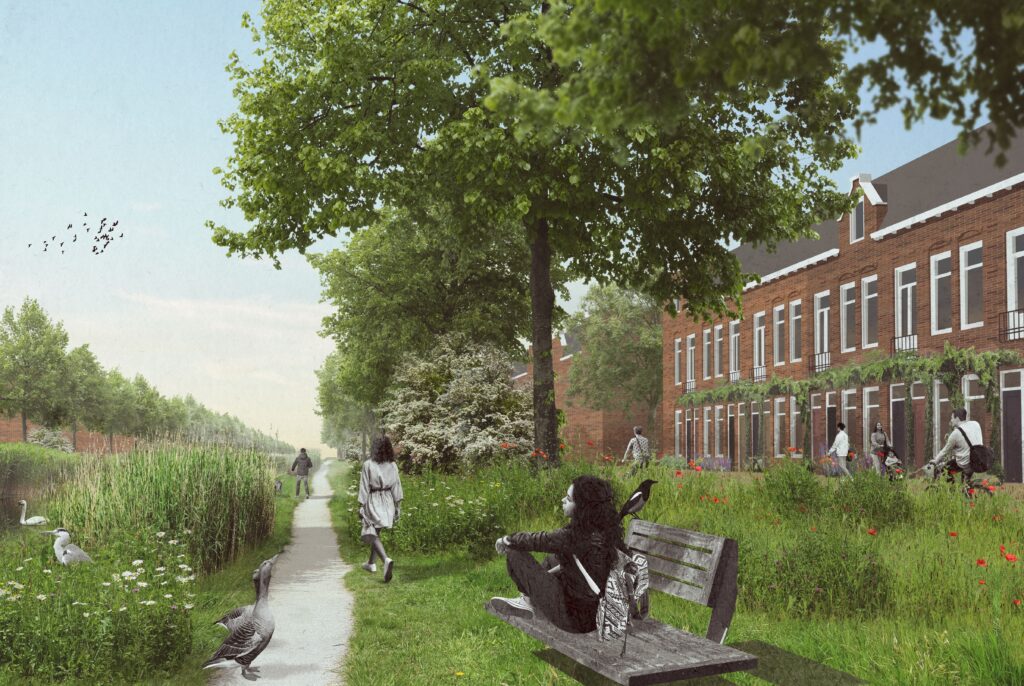
Biodiversity loss and climate change put pressure on Dutch cities to transition towards nature inclusivity. Bottom-up action is essential for initiating this transition, but in pre-war working-class neighborhoods, the lack of access to green spaces discourages such initiatives. Therefore, this research proposes a transition strategy to empower residents to reclaim public space and initiate the transition towards nature inclusive cities.
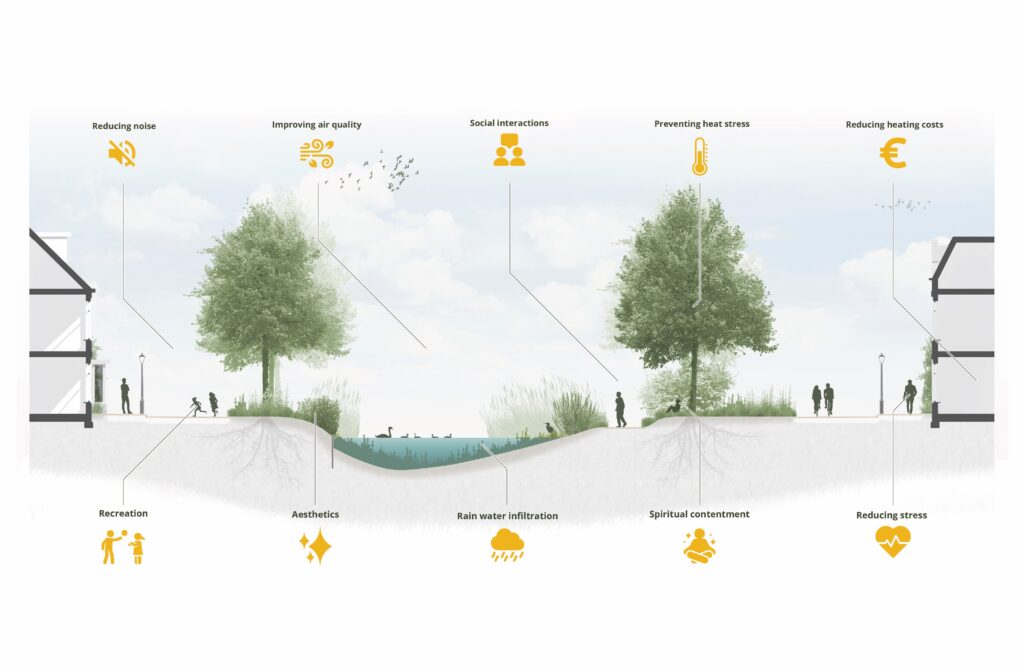
Author
Stef de Horde
Location
Lombok, Utrecht, the Netherlands
Mentors
Dr.ir. Nico Tillie
Dr.ir. Remon Rooij
Project links
https://resolver.tudelft.nl/uuid:8d520252-0eb0-4512-81e7-34bc52b987fb
To guide this process, two sets of design principles were constructed. The first establishes what an optimal consideration for ecology in pre-war working-class neighborhoods would entail. The second set revolves around empowering citizens to take ownership of public space.
To examine the effectiveness of these design principles, the neighborhood Lombok in Utrecht was chosen as a design case. The findings of this design exploration highlight the impact small local initiatives can have on urban ecology and the well-being of residents. Following this, two design scenarios were elaborated to demonstrate that, despite the spatial restrictions of pre-war working-class neighborhoods, nature inclusivity can be achieved in a variety of ways.
Because of the urgent need for nature inclusivity in many pre-war working-class neighborhoods, the utilization of this approach could greatly improve the ecological resilience of many Dutch urban ecosystems.
